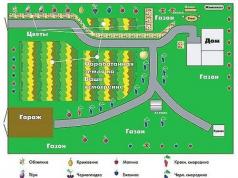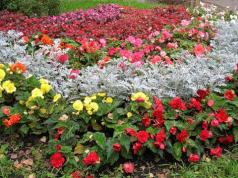Recently, more and more attention is paid to wild plants. One of these is the thin-leaved peony (Paeonia tenuifolia). Delightful in their simplicity and originality, the pink-red wild peony flowers are the first to bloom, rejoicing in the coming spring. Blooms by mid-May. A beautiful flower comes from South-Eastern Europe and the Caucasus, but it can be found throughout Russia. This wonderful flower is listed in the Red Book of the USSR and Russia. A protected zone has even been created in the Volgograd region in order to preserve this miracle of nature.
Description of the thin-leaved peony
We are all well aware of the common peony, it is also medicinal. He has large fragrant buds, found in various colors. What is the difference between the familiar peony and the wild narrow-leaved one? Peony thin-leaved looks like this:
- It blooms with bright red flowers with a pink tint;
- The flowers are large, located at the top of the stem;
- Flowers spherical;
- Inside the buds are bright yellow anthers;
- The leaves are dissected, filiform, openwork;
- Has 10 petals;
- Has a subtle pleasant smell;
- Medium-sized bush, 50 cm in height.

There are also terry types of fine-leaved peony. They have oval-shaped flowers and anthers located between the petals.
The thin-leaved peony is distributed over the vast territory of Russia, the Caucasus, Dagestan, Iran, Europe, and everywhere it received a popular name. He is callednarrow-leaved, azure flower, funnel, greenery, crow, red azure. In English-speaking countries, it is known as the fern-leaved peony.
The bush is very decorative and beautiful even before flowering, and when the flowers bloom, the flower will attract everyone's well-deserved attention. The openwork grassy part grows, every year occupying more and more space. Flowers bloom almost simultaneously, the bush can be compared with spring fireworks, given that it is one of the first to bloom. By the middle of summer, the bush fades, and by the end the entire ground part dies off and the shoots will appear again only in the spring. After the death of the deciduous part, cut the bush under the root. By mid-June, peony seeds are already ripening.
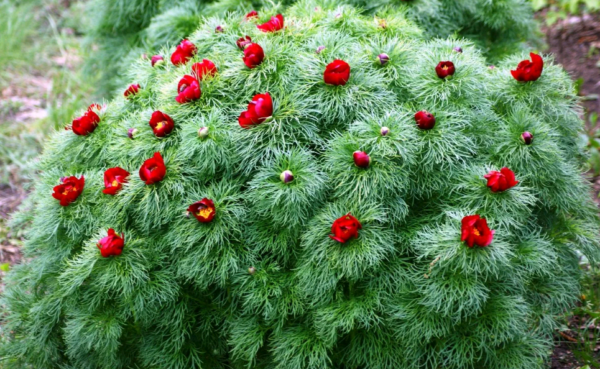
Since the foliage quickly becomes withered and loses its beautiful appearance, position the peony in the garden so that it is not in the center of the flower bed. It is better that the bush grows under the trees. If, nevertheless, the peony is planted in a flower bed, then create a stone composition around it, so the peony will look most advantageous.
Wild peony care
The narrow-leaved peony prefers neutral or alkaline soil; in its natural environment, it grows on limestone. If you have acidic soil, add wood ash and mineral fertilizers to it. The plant is unpretentious, grows well in the sun and in partial shade. Do not plant a flower in the lowlands and make sure that it does not rot if the soil is excessively moist.
Wild It is better to feed the plant with mineral fertilizers during the flowering period, in order to prolong it and increase the number of flowers.
Peony is frost-resistant and does not require special shelter before winter. However, with return frosts, the sprouts may die. The main care is regular watering and loosening the soil. For top dressing, use potassium and phosphorus.
Pests and diseases
The thin-leaved peony is resistant to any diseases, in rare cases it is attacked by aphids, bronze beetles, various caterpillars or ants. Spray with insecticide if necessary.
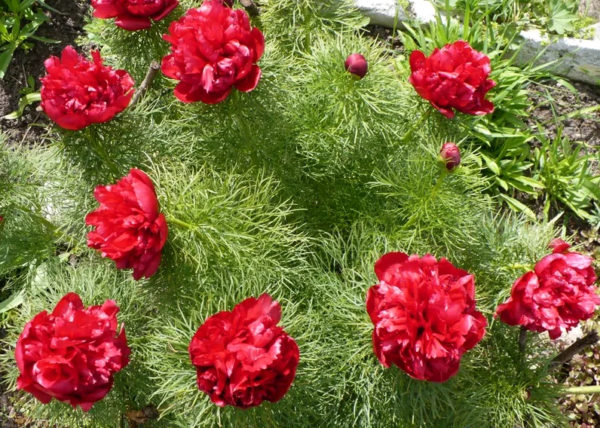
With sufficient watering and good soil drainage, no diseases will appear on the peony, including gray rot, and the flower will delight with its beauty for many summers.
Reproduction of a thin-leaved peony
Ways of propagation of the narrow-leaved peony:
- seeds;
- Delenki;
- cuttings.
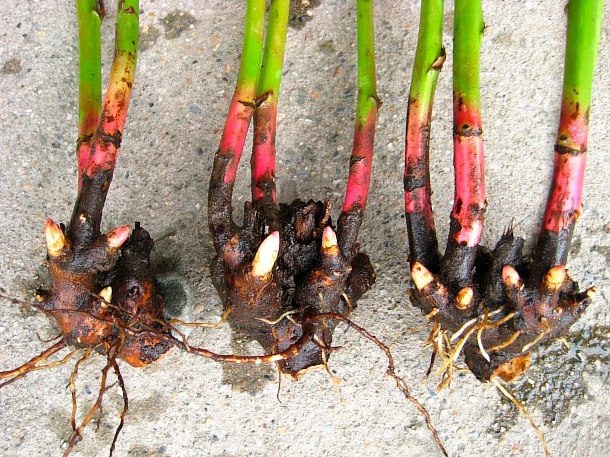
Reproduction of the bush is vegetative (by division), it is reliable, and in addition, it rejuvenates the adult plant. It is necessary to separate a couple of roots, no more than 10 cm long and a finger thick, with 3-4 buds. Such a delenka will be able to take root quickly and has an adequate supply of nutrients. When planting, the kidneys are placed at a distance of 5 cm from the ground. If there are several divisions, they are planted at a distance of more than half a meter from each other. For better rooting and further growth, drainage can be placed at the bottom of the holes.
Seeds are planted immediately when they ripen, otherwise they may lose their germination. Shoots will appear next spring, or they may not be 1-2 years old. It is favorable to plant seeds in boxes for the winter and plant them in the ground in spring. Reproduction by seeds is a rather long process, from planting seeds to the appearance of the first flowers, it can take 5 years.
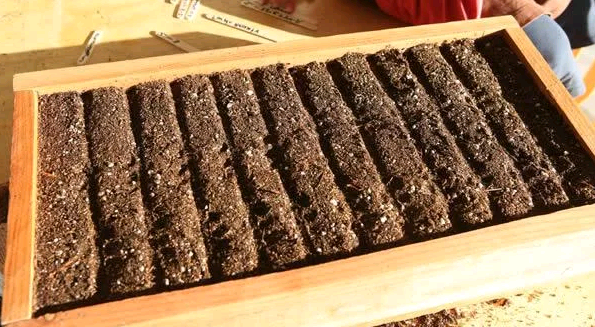
When propagated by cuttings, the plant may not take root. Therefore, the first two methods are preferred.
Planting a peony
The plant is planted in a rather deep hole 60 * 80, more can be. Drainage and a mixture of ash with mineral fertilizers are laid at the bottom. Sprinkle the ash with soil, and place the roots of the flower on it. The distance between the bushes is 0.5-1 meter. When propagated by division, the cut site is treated with ash. The buds should remain 5-6 cm apart on the ground. When planting seeds, a good solution would be to add river sand to the soil.
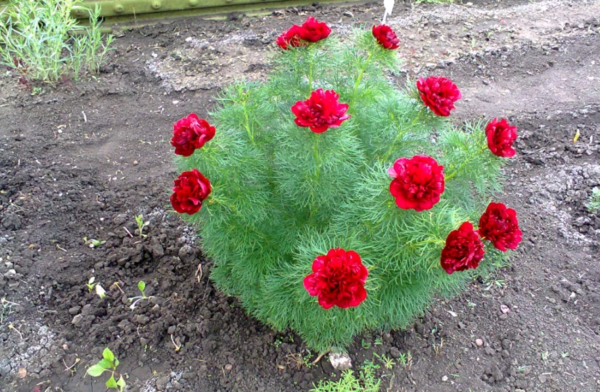
Medicinal properties
In addition to decorative benefits, the narrow-leaved peony also has healing properties. However, due to its low prevalence, it is inefficient to collect it for medicinal purposes. The flower is used for diseases:
- Of cardio-vascular system;
- epilepsy;
- anemia;
- Nervous disorders.
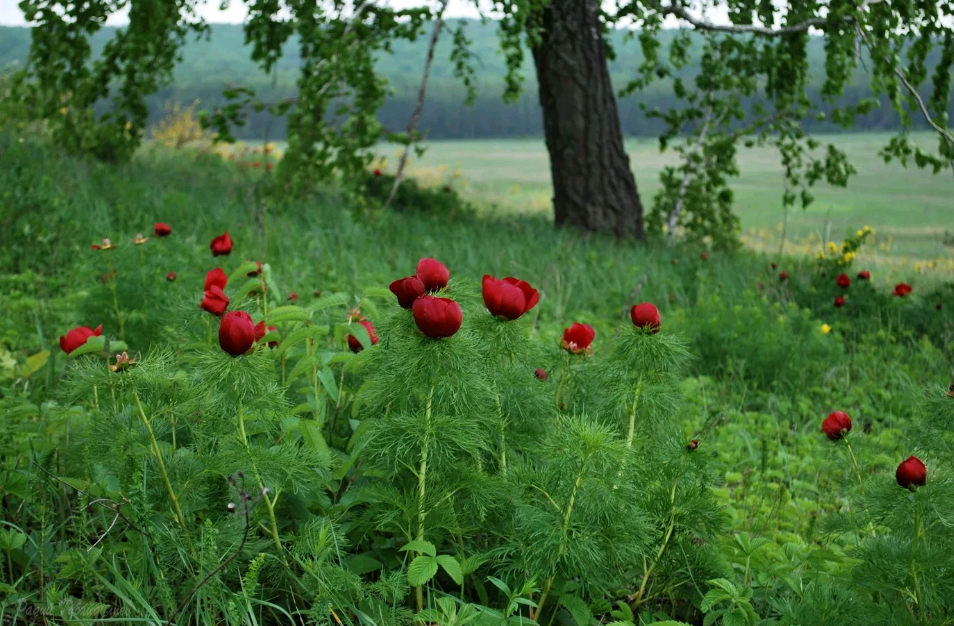
Fine-leaved peony has a diuretic, soothing effect. antispasmodic action. In folk medicine, they treat gout and remove stones from the kidneys. But do not forget that this is a poisonous plant, and is used in very small doses, before using it is necessary to consult a doctor. Peony roots contain neonin, a poison that should be used with extreme caution and under the guidance of a competent specialist. The leaves of the plant contain tannins and vitamin C, and the seeds contain anthocyanins and flavonoids.

